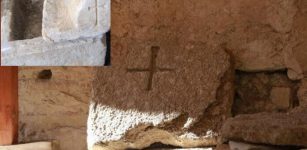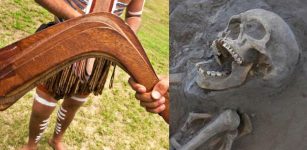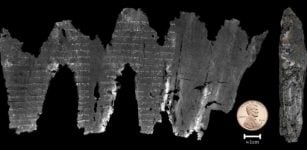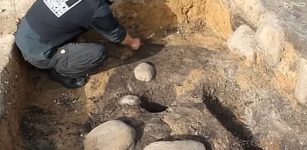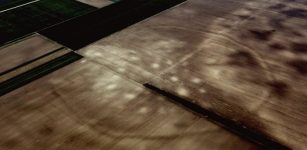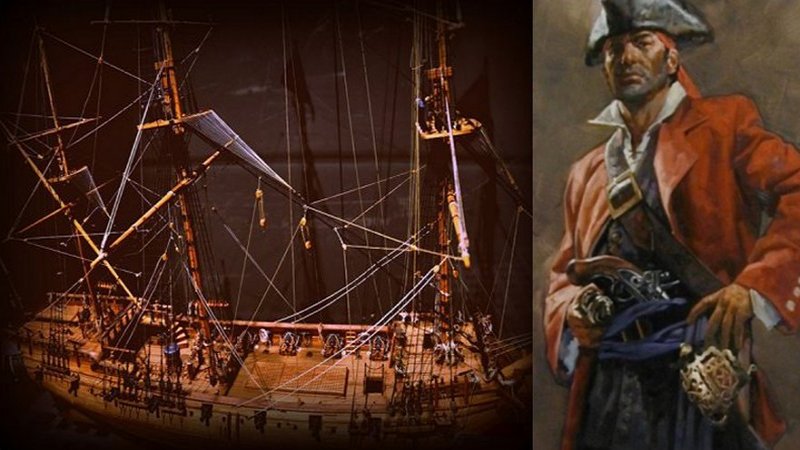Mystery Of Easter Island Deepens: Warfare Did Not End The Rapa Nui Civilization
MessageToEagle.com – Centuries ago, the ancient civilization on Rapa Nui, the traditional name of Easter Island, was thriving. These people were skilled farmers, employing careful agricultural techniques to feed large populations. They also carved the humongous, heavy moai and engineered a way to move the gigantic stone statues around the island.
Then, something happened. The population shrunk. This downfall occurred around the time Europeans first encountered the tiny island. For many years, it has been believed that the Easter Island civilization ran out of resources and, as a result, engaged in massive in-fighting, which led to their collapse. Now, a new study suggests this was not the case at all.
What other explanation is there that could shed more light on the mysterious disappearance of the Rapa Nui civilization?
The mata’a were not ancient weapons
One of the reasons why is has previously been assumed the Rapa Nui vanished as a result of warfare is the thousands of obsidian, triangular objects, known as mata’a found on the island. Because of their large numbers and because they’re made of sharp glass, many believe the mata’a to be the weapons of war that the ancient inhabitants of the island used for interpersonal violence.
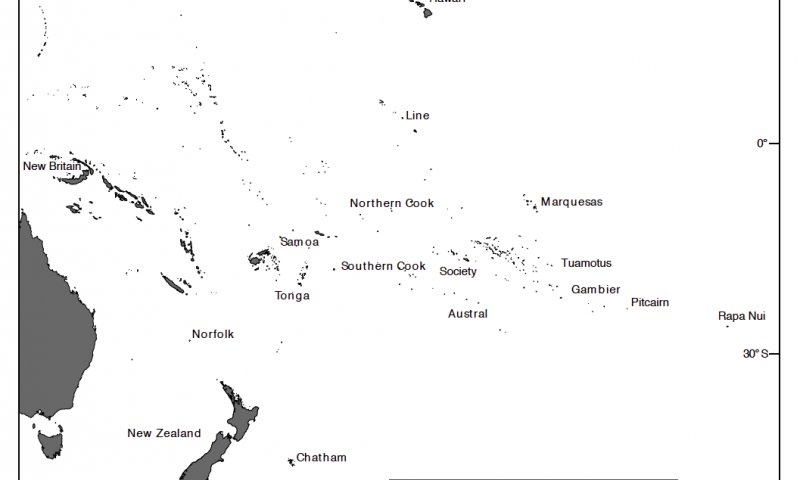
Carl Lipo, professor of anthropology at Binghamton University and his team have conducted a thourough investigation of the objects and conclude the mata’a were not ancient weapons.
“We found that when you look at the shape of these things, they just don’t look like weapons at all,” said Lipo. “When you can compare them to European weapons or weapons found anywhere around the world when there are actually objects used for warfare, they’re very systematic in their shape. They have to do their job really well. Not doing well is risking death.”
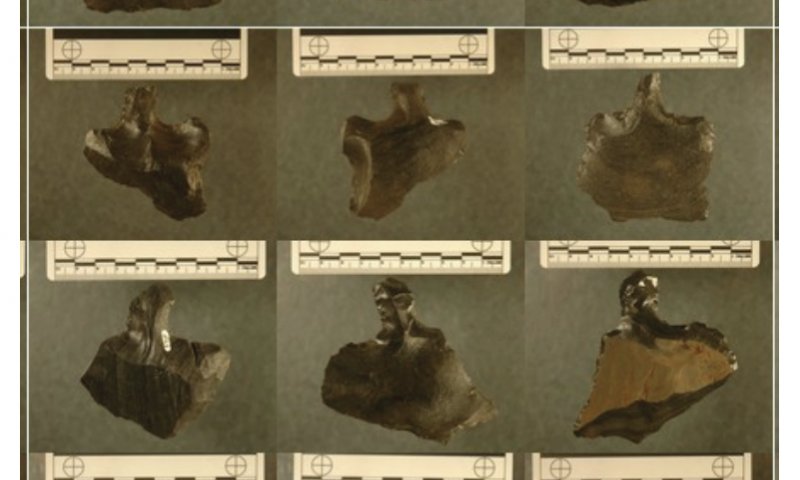
“You can always use something as a spear. Anything that you have can be a weapon. But under the conditions of warfare, weapons are going to have performance characteristics. And they’re going to be very carefully fashioned for that purpose because it matters…You would cut somebody {with a mata’a], but they certainly wouldn’t be lethal in any way.”
The Rapa Nui never experienced warfare
According to Lipo, this evidence strongly supports the idea that the ancient civilization never experienced this oft-theorized combat and warfare, and that the belief that the mata’a were weapons used in the collapse of the civilization is really a late European interpretation of the record, not an actual archeological event.
See also:
Easter Island’s Statues Reveal Bodies Covered With Unknown Ancient Petroglyphs
Unusual Tukuturi Statue On Easter Island Remains An Unexplained Mystery
“What people traditionally think about the island is being this island of catastrophe and collapse just isn’t true in a pre-historic sense. Populations were successful and lived sustainably on the island up until European contact,” said Lipo.
Lipo and his team believe that the mata’a are found all over the landscape because they were actually cultivation tools used in ritual tasks like tattooing or domestic activities like plant processing.
“We’ve been trying to focus on individual bits of evidence that support the collapse narrative to demonstrate that really there’s no support whatsoever for that story,” he said. “Sort of a pillar of the broader study is the fact that this is an amazing society that really was successful. It just doesn’t look like success to us because we see fields that are rock, we think catastrophe, and in fact it’s actually productivity.”
MessageToEagle.com
Source:

